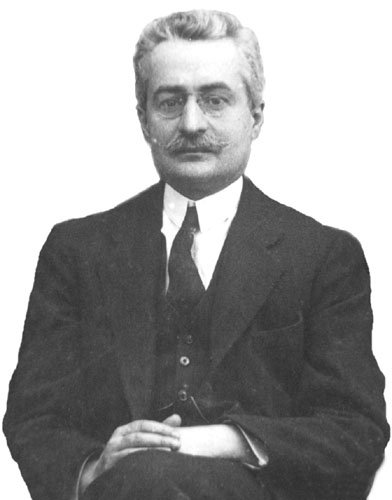Ancient peoples of Italy
‘The name Italics evokes the image of the most ancient history of Italy; in fact, it coincides with the moment when Italy acquired its first historical dimension. Moreover, it is a name which can only recently claim an appropriate content, thanks to the discoveries of the last few years, when the Italic peoples have emerged from the shadows imposed by their conquerors, as the loss of power always entails a loss of memory. However, this image is still uncertain, complex and shapeless at the same time. The best definition of the Italics might as well be a negative one: those who, in ancient Italy, were neither Greek nor Phoenicians, neither Celts nor, one might even add, Etruscans; and here the question becomes complex, as the Etruscans represent the best-known non-Roman population in Italy, with a series of idiosyncratic characteristics; nevertheless, a correct evaluation of the Italic world cannot ignore them. The Italics, then, were the peoples who lived in the Italian peninsula in the period between the beginning of the history and the conquests of Rome, namely, between the C9th and the C1st BC. It must be said, though, that the denomination ‘Italics’ was not used either by the Italics themselves or by any of their contemporaries for most of that period; and the same can be said of the name of the Italian region, which also came quite late. The awareness of a cultural identity always results from a long evolution, not the other way round. As to the nature of the findings, the written sources coming from the Italics are very few, which means that for the relevant historical documents we must rely on the witness of their opponents, the Romans; even their evidence, however, does not amount to a great deal, as the Romans managed to grasp the reality of the various populations (and with their own limitations too) on entering into contact with them, often during the last phase of their history. On the other hand, the handicrafts and art objects provide more consistent evidence. Within the realm of material culture, the ‘unsung works’ are invaluable in the reconstruction of the past. We no longer believe the ancients to have all been artists living in an immense museum as their everyday world. Art, nevertheless, is represented by a few emerging ‘peaks’ whose function is essential in formulating a general evaluation. The exhibition, cured by Sabatino Moscati, is directed by Pietro Giovanni Guzzo and Giancarlo Susini. The scientific committee is formed by: Giuseppe Andreassi, Angelo Maria Aldovino, Achille Bonifacio, Angelo Bottini, Stefano De Caro, Anna Eugenia Feruglio, Graziella Fiorentini, M.Antonietta Fugazzola, Elena Lattanzi, Adriano La Regina, Giuseppe Lo Iacono, Fulvia Lo Schiavo, Liliana Mercando, Rosanna Mollo Mezzena, Francesco Nicosia, Anna Maria Reggiani, Marisa Rigoni, Vincenzo Santoni, Maria Rita Sanzi, Giovanni Scichilone, Giuliana Tocco, Rita Virzì, Giuseppe Voza.’










